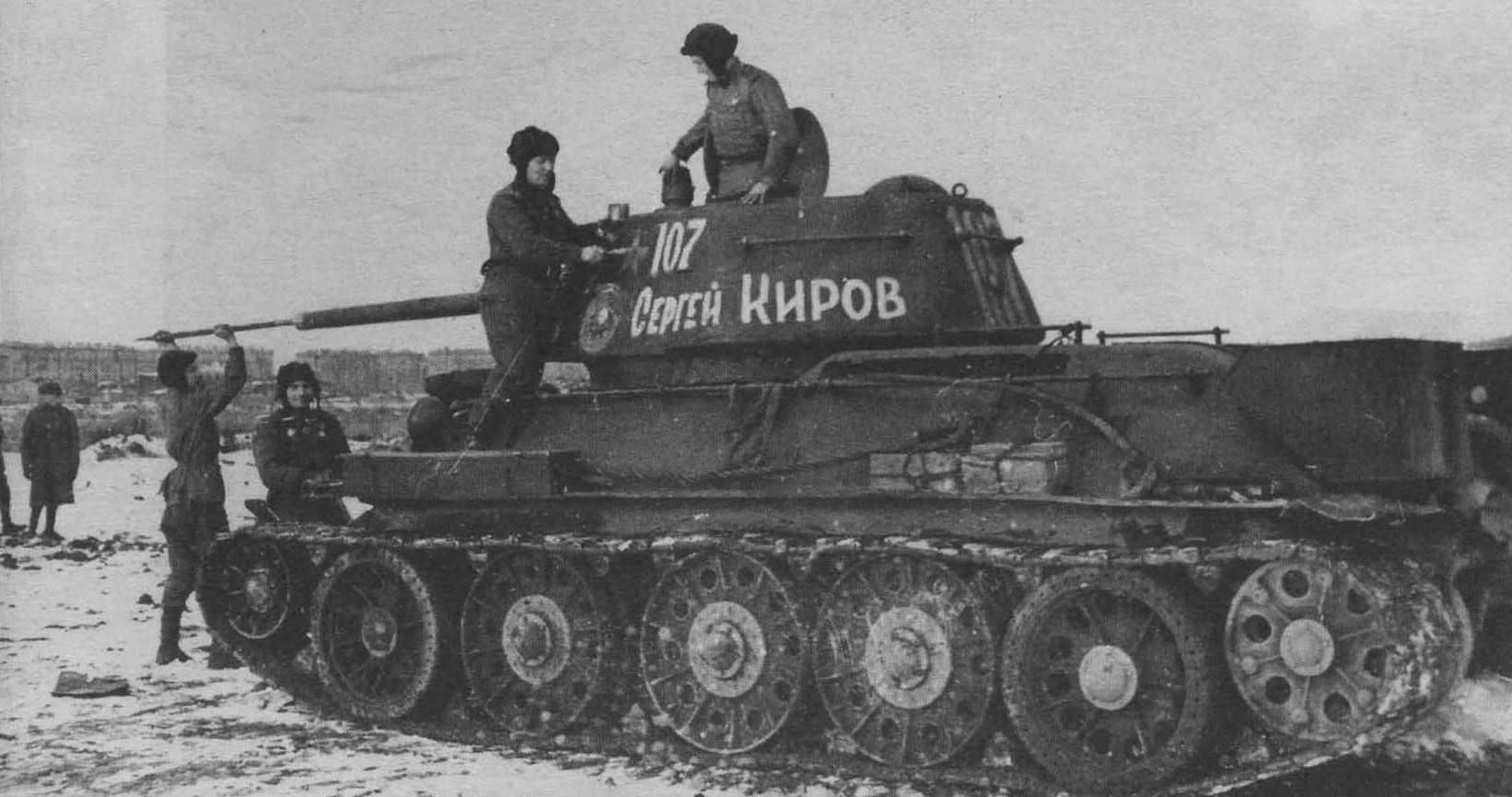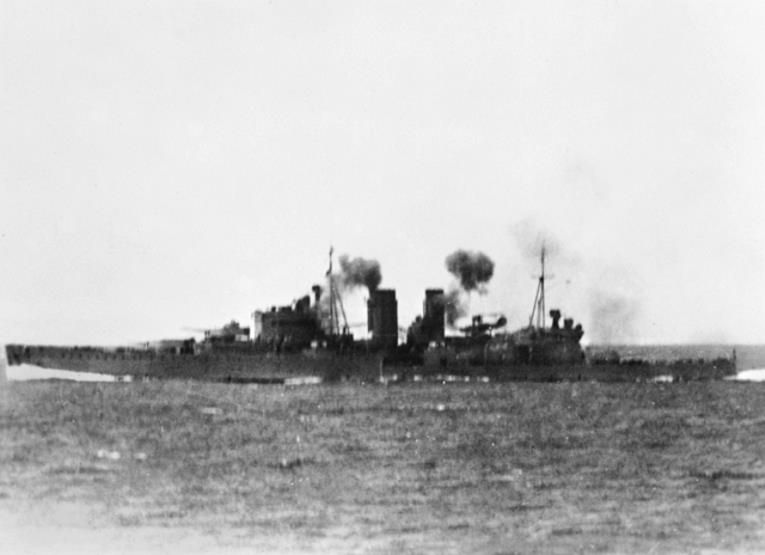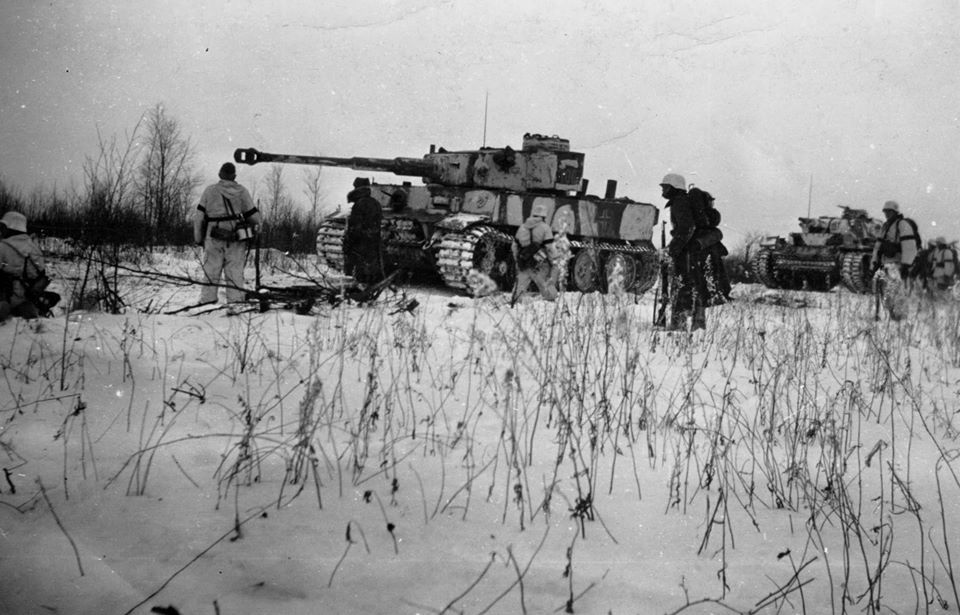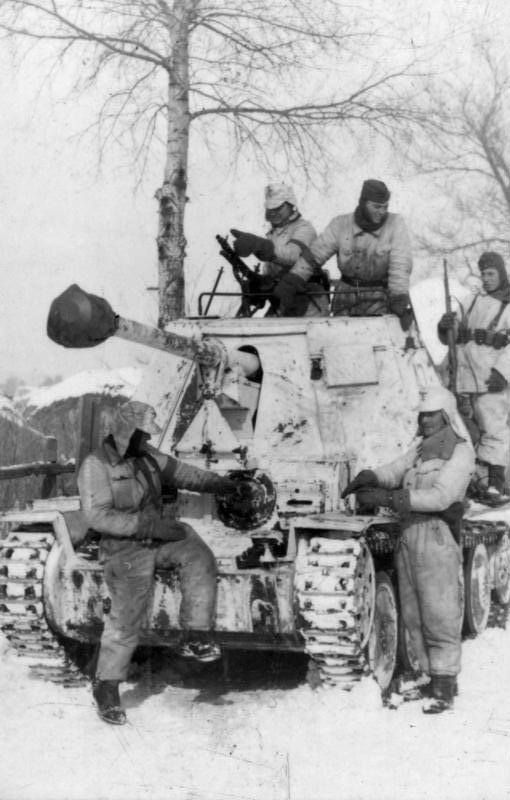February 12, 1942. The Channel Dash
Battle of the Atlantic: Having left Brest late on Wednesday, the ships of Operation Cerberus, better known as the Channel Dash, reach Barfleur, France, by dawn on 12 February 1942. This means that Scharnhorst, Gneisenau, and Prinz Eugen are due south of the Isle of Wight, some 300 miles (500 km) up the English Channel. The British remain blissfully unaware that the German operation is in progress, due to chance, clever German planning, and foul winter weather. Finally, an RAF patrol plane flies directly over the flotilla, but its pilot is under strict orders to not break radio silence. So, he waits until he returns to base to report his observation. By this point, the German ships are passing by Beachy Head in Sussex.
As the ships pass Dover, the British Army’s long-range artillery attempts to engage them. However, the cloudy weather forces the gunners to guess the ships’ location, and the shells all fall short. Royal Navy torpedo boats then approach, but the MTBs are kept at bay by the half-dozen destroyers accompanying the three capital ships. They launch their torpedoes, but the two-mile range is too great and they score no hits. Then, the Royal Navy sends half a dozen Swordfish planes to launch torpedoes, escorted by 10 Spitfires. Adolf Galland’s Luftwaffe fighter cover (Unternehmen Donnerkeil) shoots all of the slow Swordfish down. Overall, the RAF loses 20 bombers and 16 fighters while the Luftwaffe loses 18 fighters.
Sporadic British attacks continue throughout the day, without effect. The RAF sends 242 bomber sorties in all, but only 39 of them can even drop their bombs due to the fighter defences and poor visibility. They score no hits. When the Royal Navy sends destroyers based at Harwich to intercept the flotilla, they are attacked by RAF planes who have not been informed of their presence. When the five remaining destroyers approach, the German ships open fire and damage HMS Worcester. They score no hits. However, the German ships do not escape unscathed, as Scharnhorst hits a mine at 19:55 and Gneisenau hits one off Terschelling a bit later, but they continue sailing. Scharnhorst hits a second mine on the port side at 21:34, and this one causes the engines to stop. At 22:23, though, the Scharnhorst’s crew gets the starboard engine operating again. Under the cover of darkness, the ships continue on their way, Prinz Eugen and Gneisenau about three hours ahead of Scharnhorst.
Photo: Gneisenau and Scharnhorst during the Channel Dash of 12 February 1942. 


















